- The Supply Times
- Posts
- Data Centers in Space!
Data Centers in Space!
The Supply Times Issue #87

Hello again, dear readers!
Altman, we have a problem. AI needs more data centers, but the planet can’t afford them. We can’t afford the power, the water, and the land needed unless we just go ahead and (in Altman’s words) “tile the planet” in data centers. So … let’s build them in orbit instead. Seriously! Check out my exploration of orbital data centers below.
Also, we’re witnessing something unprecedented and concerning: strong company growth that is not accompanied by a cycle of hiring. From Amazon to Intuit, more CEOs are betting on growth without hiring, assuming that AI will fill the gap. It might work, but at the expense of the social contract between the people and the corporate world.
This issue features the usual bunch of AI Insights and recommendations for the week's podcasts, books, shows, charts, and tweets, followed by a final chuckle.
Let’s get going.

Image: Brian McFadden
Industry Highlights: An Out-of-this-World Data Center Solution
“We need to build and maintain vast AI infrastructure and the energy to power it. Simply put, we need to “Build, Baby, Build!” – America’s AI Action Plan, The White House, July 2025
“I guess that a lot of the world gets covered in data centers over time” – Sam Altman, 2025
The challenge
The demand for data centers is skyrocketing. Major players like Microsoft, Google, and Amazon are scrambling to keep pace, with projections suggesting that by 2030, data centers could consume a staggering 9% of the total energy in the U.S. The Electric Power Research Institute warns that electricity needs for AI data centers could jump by as much as 165%. This surge in energy consumption, predominantly sourced from fossil fuels, threatens to derail our climate goals.
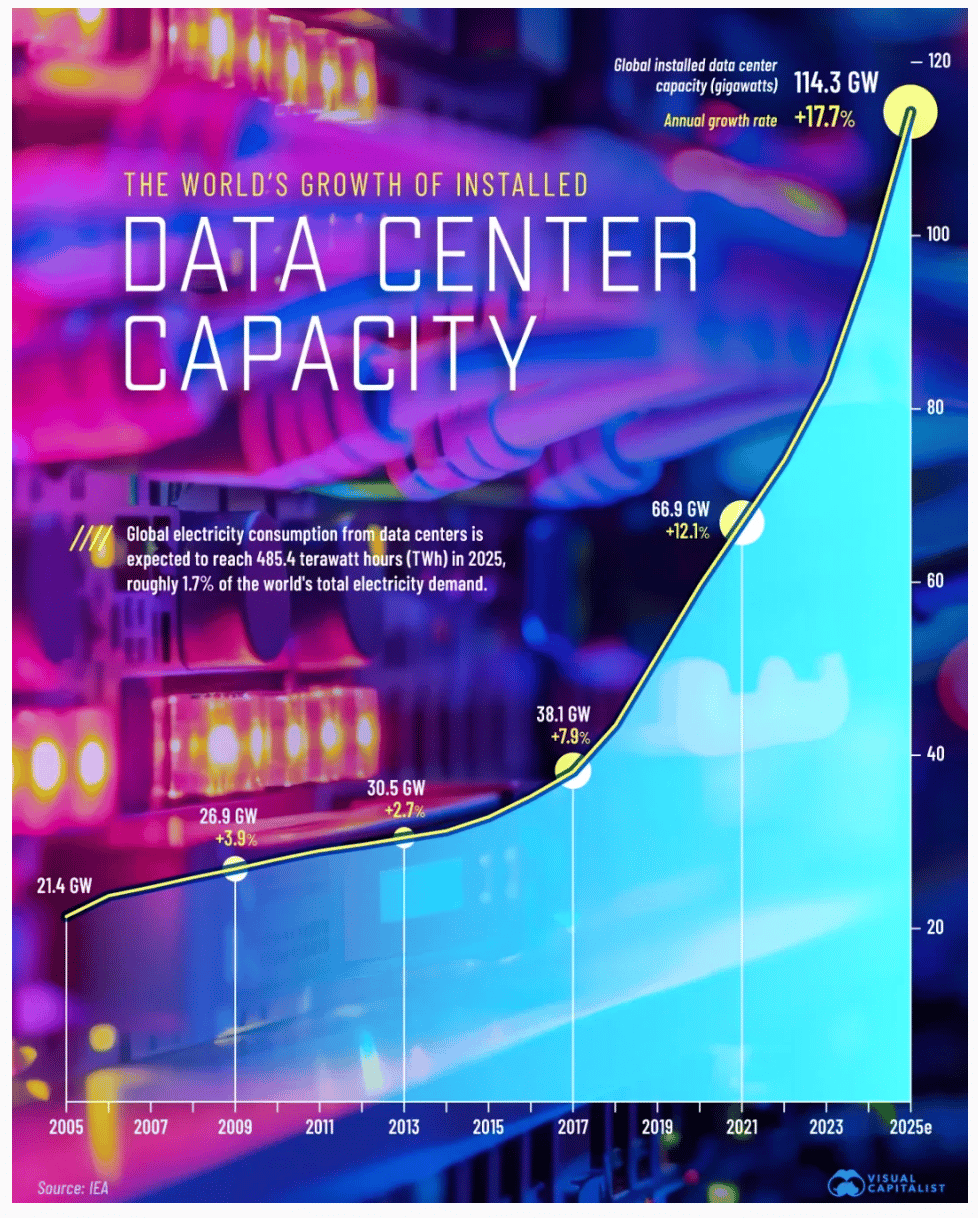
Compounding the issue is the vast amount of water required for cooling these facilities. Local communities are increasingly resistant to the construction of sprawling data centers, and big tech is frustrated by the time it takes to acquire land and permits.
Can we really build orbiting data centers?
Enter the revolutionary idea of building data centers in space. OpenAI CEO Sam Altman has been vocal about this concept: “Maybe we put [data centers] in space,” he said, suggesting it’s a better alternative than “tiling the Earth” until it looks something like Coruscant from Star Wars.
Jeff Bezos shares this vision, predicting that gigawatt-scale data centres could be built in space within the next 10 to 20 years. “These giant training clusters will be better built in space because we have solar power there, 24/7,” he explained.
Benefits of space-based data centers
The advantages of launching data centers into orbit are compelling. First, abundant solar power offers a constant and reliable energy source, drastically reducing reliance on fossil fuels and minimizing environmental impact. Next, cooling could be achieved via radiative heat dissipation using large radiators, rather than water.
Moreover, the safety from natural disasters ensures that data remains secure and accessible, immune to earthquakes, floods, and extreme weather (although space has its dangers, too… see below). The absence of regulatory hassles in space allows for quicker deployment and innovation. Furthermore, the potential for abundant expansion space in orbit means companies can scale their operations without the limitations of land use or local resistance.
Enhanced security is another significant benefit. Data transmitted from space to dedicated ground stations can be more secure, reducing vulnerabilities associated with terrestrial networks. A space-based data center is unlikely to be physically breached or sabotaged, unless the attackers are extremely well-financed.
Finally, space-based data centers enable rapid data processing for space-based activities, facilitating real-time analysis and decision-making essential for missions that require immediate responses.
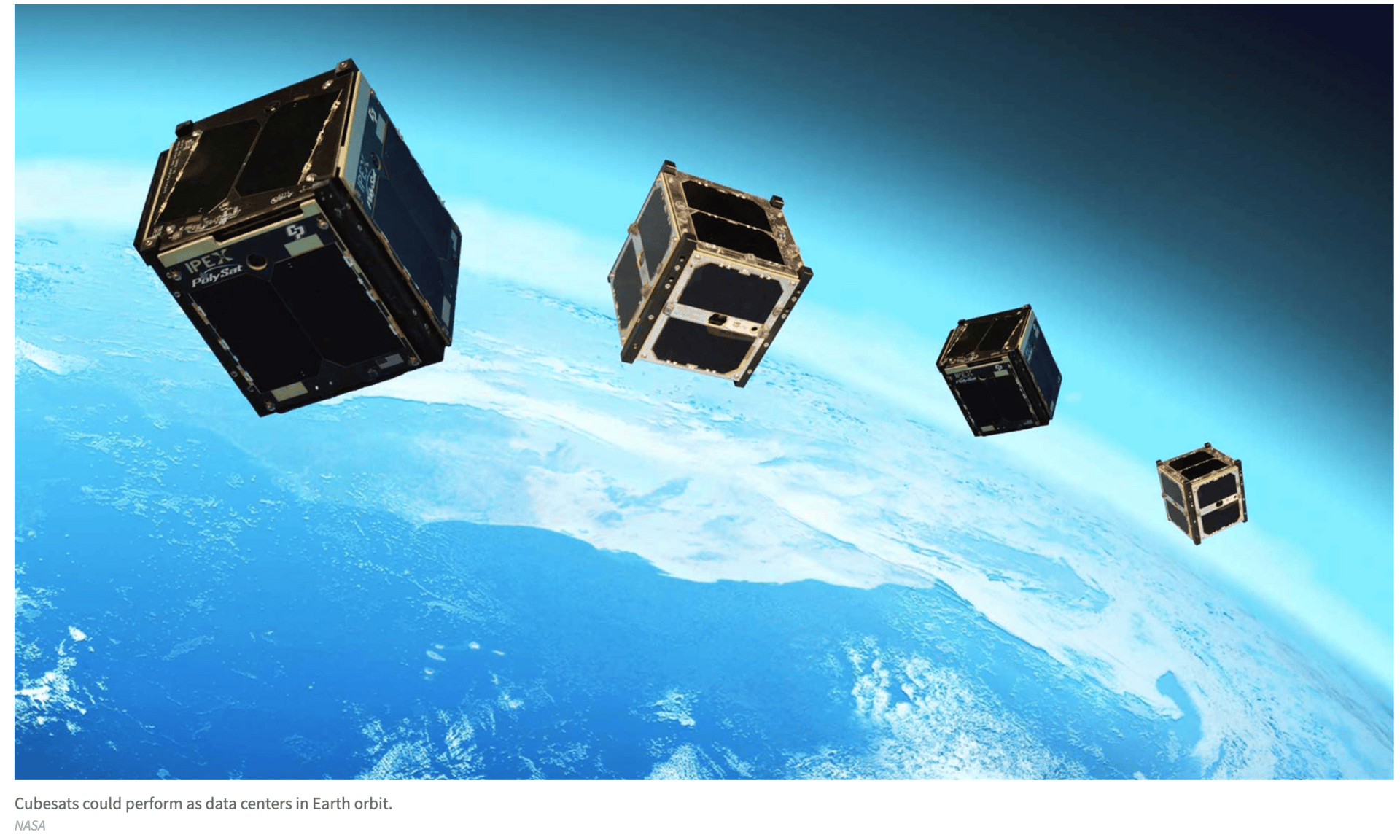
Challenges of space-based data centers
Despite the promise of space-based data centers, there are hurdles to overcome:
Latency issues: The distance between Earth and space can introduce delays that impact real-time applications.
Cooling in a vacuum: This is a pretty complex challenge because space is one of the hardest places to keep things cool. Vacuum is one of the best insulators, so you’ll need an array of radiators to transfer the heat away, along with more solar panels to power them.
High launch costs: Launching any sort of payload into orbit remains incredibly expensive, although costs have decreased thanks to SpaceX.
Space hazards: Data centers in space would face risks from solar radiation, micrometeorites, and collisions with space debris, which could lead to hardware failures.
Maintenance challenges: Performing repairs or upgrades in space presents logistical headaches that could hinder the effectiveness of these facilities.
Obsolescence: Rapidly evolving technology could quickly render space-based systems outdated.
Early movers
Several innovative companies and initiatives are exploring this exciting frontier:
Starcloud: Planning to launch Starcloud-1, an AI data center powered entirely by solar energy, projected to cut CO₂ emissions by around 10 times compared to traditional Earth-based centers.
Lumen Orbit: A Y Combinator-backed startup that has raised over $10 million to develop space-based data centers, leveraging high-intensity solar power for AI workloads.
Axiom Space: Developing an orbital data center capability to support its commercial space station, aiming to lessen dependence on Earth-based infrastructure.
EU initiative: The European Space Agency is commissioning studies to explore the feasibility of deploying data centers in orbit, with plans for a proof of concept by 2031.
The bigger picture
Taking the very long-term view, moving data centers into space is just one step on the ladder towards the dream, shared by Bezos and others, of one day moving all heavy industry off Earth and into space. It’s a seemingly crazy idea, but could be achievable if we take it one small step at a time.

The Future of Work: Gambling on Growth Without Hiring
“Our company is growing! Now hiring: no one!”
Historically, business growth has been great news for jobseekers and communities. Growth equals jobs, right? The relationship between business growth and job creation is a fundamental pillar of a thriving economy, and a big part of the much-vaunted social license that businesses hold dear.
But what happens when the contract is broken? What happens when businesses bet on AI-boosted productivity gains to “do more with less” and keep their headcounts flat even as they anticipate strong growth ahead?
What lies ahead
Every week, it seems like more high-profile companies are opting to gamble on their ability to grow without increasing their workforce. This trend, driven by an uncertain economy coupled with a faith in AI’s ability to pick up the slack, raises critical questions about the implications for the economy, employees, and corporate culture.
Which companies are gambling on growth without hiring?
Several notable companies are currently embracing this approach:
Amazon: This week, Amazon revealed plans to reduce its global workforce by at least 14,000, a decision driven in part by its mass adoption of AI.
JPMorgan Chase: Recently announced a “bias” against adding staff to meet demands.
Walmart: Planning to keep its employee count flat over the next three years despite sales growth.
Intuit: Achieved a 16% revenue increase with a steady headcount by rethinking staffing needs and not replacing all departing employees.
Goldman Sachs: Committed to constraining headcount growth and reducing roles that can be automated.
Meta Platforms: Recently cut 600 jobs in its AI division, aiming to enhance operational efficiency.
Target: Announced an 8% reduction in its corporate workforce to streamline operations.
Procter & Gamble: Plans to cut 7,000 jobs (15% of its non-manufacturing workforce) to create smaller teams.
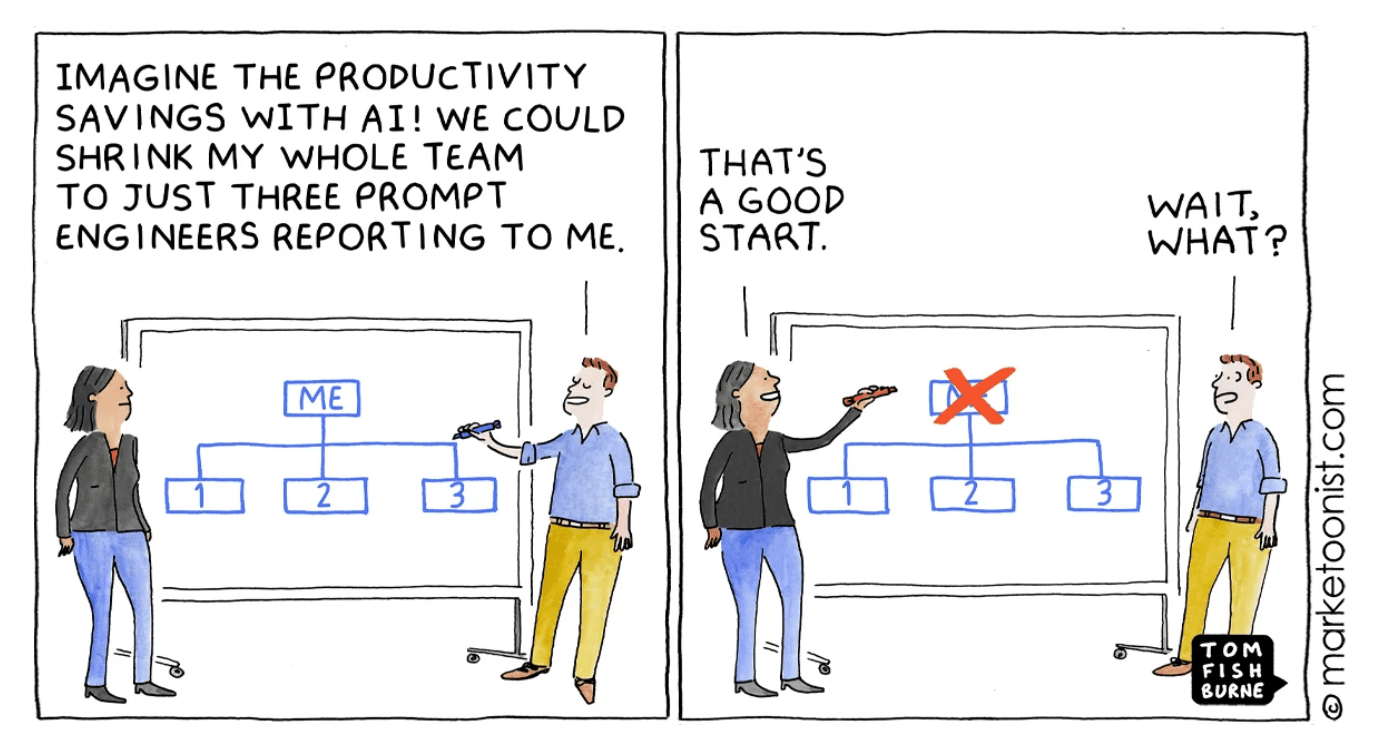
Upending the cycle of hiring and firing
This shift towards maintaining smaller teams reflects a broader cultural change in corporate America. The ultralean model of staffing suggests that adding talent, once a sign of surging sales and confidence in the future, now implies that leaders must be doing something wrong.
Companies increasingly view a lean workforce as a badge of honor, believing that fewer employees can drive faster growth and greater efficiency. As noted in the WSJ:
"All of the shrinking turns on its head the usual cycle of hiring and firing. Companies often lay off workers during recessions, then staff up again when the economy recovers. Yet the workforce cuts in recent years coincide with a surge in sales and profits, heralding a more fundamental shift in the way leaders evaluate their workforces."
What is going to happen to the workforce if companies don’t “staff up” during an upturn? Instead of the cycle of hiring and firing, we’ll live in a cycle of firing and not hiring.
What if they're wrong?
If these companies miscalculate their ability to grow without more hands on deck, they’re in for a world of hurt. They’ll experience burnout of existing (human) staff, low morale, and a nosedive in productivity. And if the anticipated growth doesn’t materialize, they might find themselves scrambling to reduce headcount further while dealing with a tarnished reputation. Then there’s the fact that leaning heavily into AI will require a complex and lengthy project of restructuring existing jobs, something that shouldn’t be underestimated.
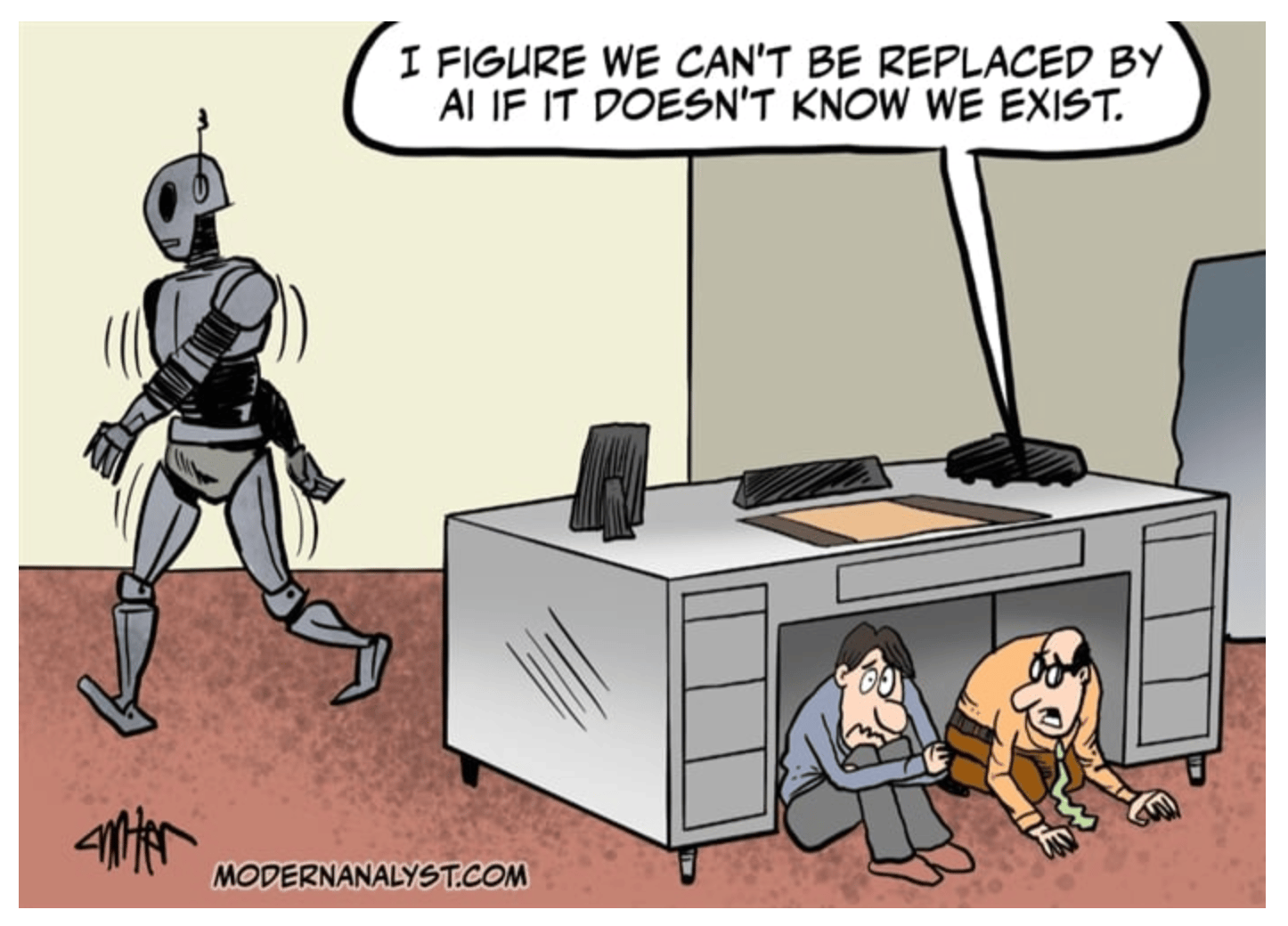
Companies that prioritize profits over people might just find their social license to operate slipping away. Public perception matters, and if the word gets out that a company is reaping profits but not creating jobs, trust will disappear.
Think about what this could mean politically. The public has put up with decades of corporate handouts, tax cuts, and bail-outs, not because they love the idea of corporate profits, but because a successful company means (or used to mean) more jobs.
Trump ran on job creation. Biden ran on job creation. Almost every politician makes job creation a cornerstone of their campaigns. But what happens when the most surefire way to deliver on this promise (GDP growth) no longer means that more jobs will be created?
Broader economic implications
This ultralean model and the gamble on AI could lead to an unprecedented situation: a booming economy alongside rising unemployment. While employment has historically tracked with GDP growth (ignoring the Covid blip), we can see in the chart below the beginning of a sharp divergence where GDP goes up, and employment goes down.
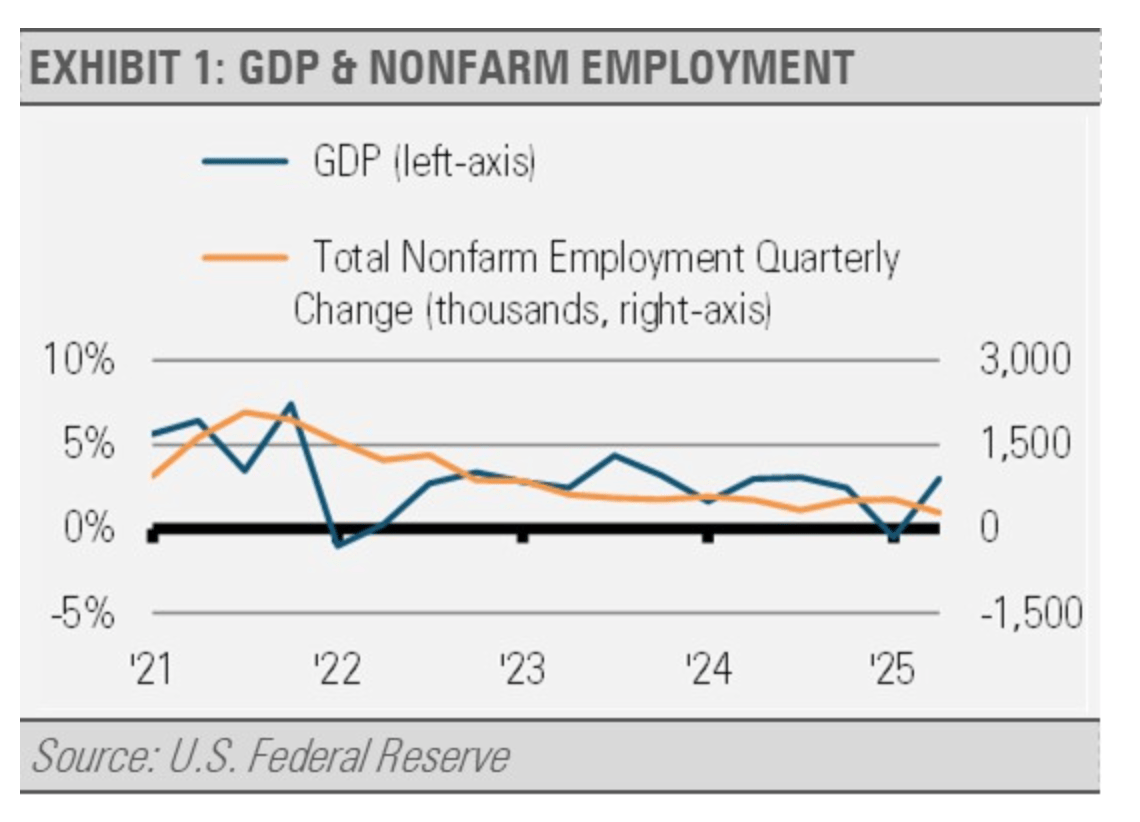
If this trend continues and economic growth fails to translate into widespread prosperity, we’re going to see an AI-driven acceleration of negative forces that already exist; particularly the ever-growing wealth gap.
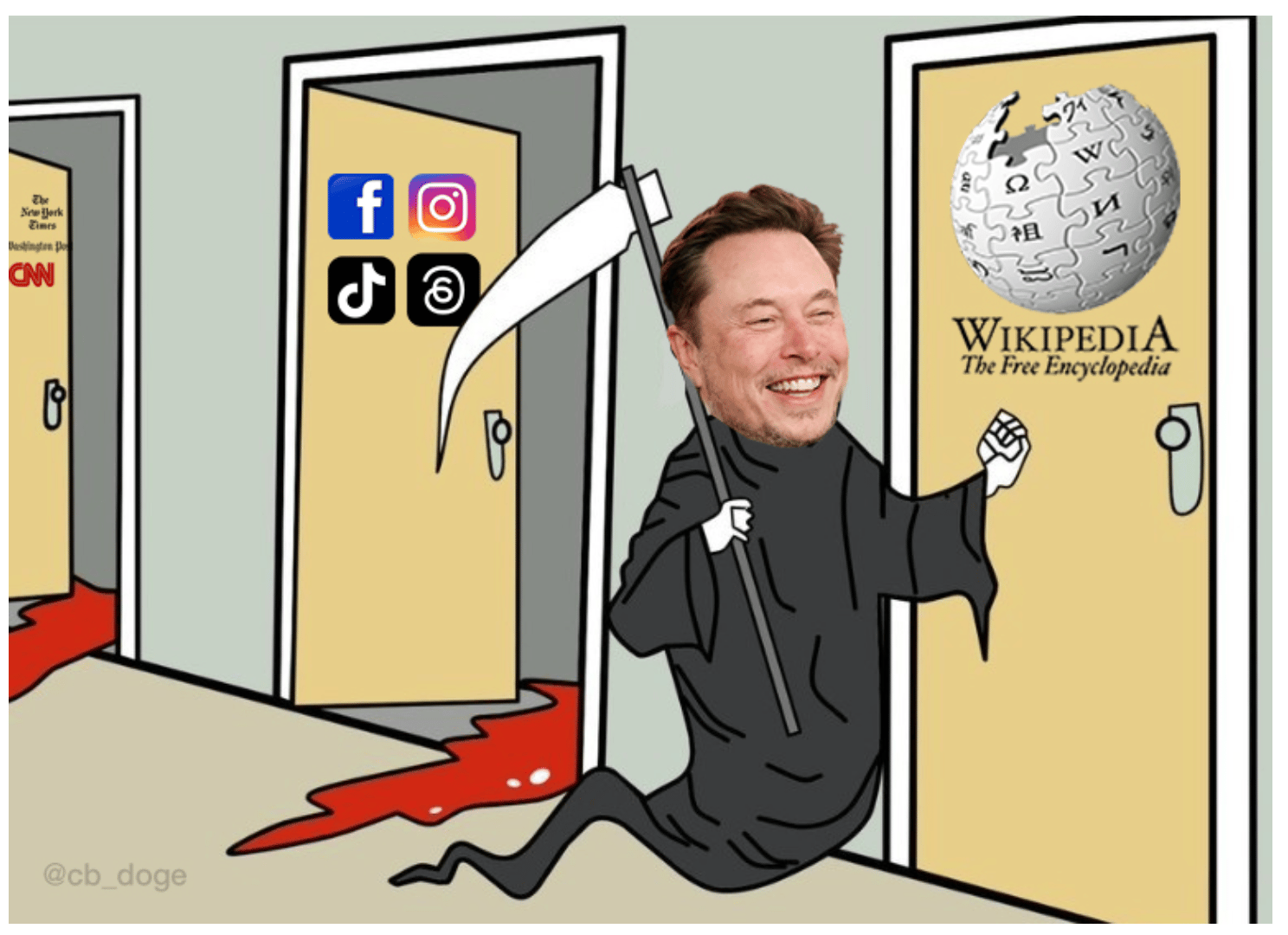
AI Insights
Elon Musk’s Grokipedia is live: This AI-generated encyclopaedia has attracted the ire of Wikipedia users, who point to near-identical pages as evidence of skimming. Grokipedia has no human editors or fact-checkers, for now. I’d be a little sad if this means the end of Wikipedia, because it has become an unlikely source of truth in a world where misinformation and disinformation are rampant.
Microsoft and OpenAI announce restructuring deal: The long-awaited deal means OpenAI will no longer be a nonprofit and paves the way for the organization to go public. Altman reportedly said an IPO was “the most likely path for the company’s future”, given the jaw-dropping sums the company continues to consume.
Users to pay for shopping with ChatGPT: PayPal’s tens of millions of merchants will soon be discoverable in ChatGPT, with Instant Checkout and Agentic Commerce expected in 2026.
The Supply Aside

Vaulting ambition. Larger-than-life tycoons. A naive belief in an endless boom. Alarm-bells, warning signs and skeptics being ignored until it’s too late. Sound familiar? Andrew Ross Sorkin, author of Too Big To Fail, takes us inside the chaos of the most famous financial crash in Wall Street history with an immersive, fly-on-the-wall approach. If you think you learned everything there is to know about 1929 back in school, there’s plenty of new material here due to newly uncovered documents and Sorkin’s unparalleled access to historical records.
What Else I’m Reading
Turnaround specialist confident in Kodak success: Can Jim Continenza pull it off? This article explores how Kodak is “tiptoeing along a narrow path towards reducing its debt to management levels”, a journey that Continenza has declared 80 to 90% complete.
Multiple sclerosis drug surges from $17.5k to $140k annually: Only in America. No wonder two-fifths of MS patients don’t get the medicine they need to slow the disease. This article discusses why even an older drug like Rebif is becoming more expensive when it should be getting cheaper.
Looking under the bonnet of the economy: At first glance, we’re currently riding an incredible boom. But how much of this is due to the AI surge? “Pop the bonnet of the non-AI economy, and you can detect signs of strain.” This Economist article points to ongoing decision paralysis as a handbrake on the economy, driven in the main by ongoing uncertainty.
📺 Watch - A House of Dynamite
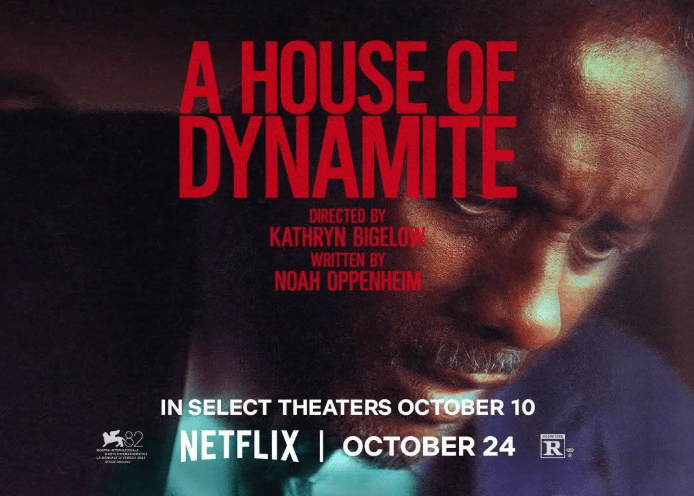
Netflix’s A House of Dynamite was in the news this week because it made the Pentagon deeply unhappy. In the film, two ground-based interceptors (GBIs), launched from Alaska, fail to stop a nuclear ICBM headed for Chicago. The Secretary of Defense (portrayed by the excellent Jared Harris) is appalled to learn from a subordinate that the chance of successfully “hitting a bullet with a bullet” is around 60%, or “like a f_n coin toss”.
The Pentagon’s Missile Defence Agency hit back at the show, claiming a 100% accuracy rate with its GBI (of course, they’d say that). The show’s creator “respectfully disagreed”, which has kicked off a furious debate among military enthusiasts.
This debate aside, A House of Dynamite is enthralling. If you were the Commander in Chief, what would you do if a single ICBM of unknown origin were en route to destroy a U.S. city? Would you gamble on it being a mistake? Would you launch retaliatory strikes and subsequent nuclear armageddon? If so, which adversary or adversaries would you hit? All of them?
The drama is presented in three acts, with a mix of perspectives covering the same period of time. We see officials panicking at the Fort Greely missile defense base, in the White House Situation Room, the Pentagon, FEMA, STRATCOM, and finally, the perspective moves to POTUS himself (Idris Elba). Highly recommended.
👂 Listen - HBR IdeaCast: 20 Years of Freakonomics
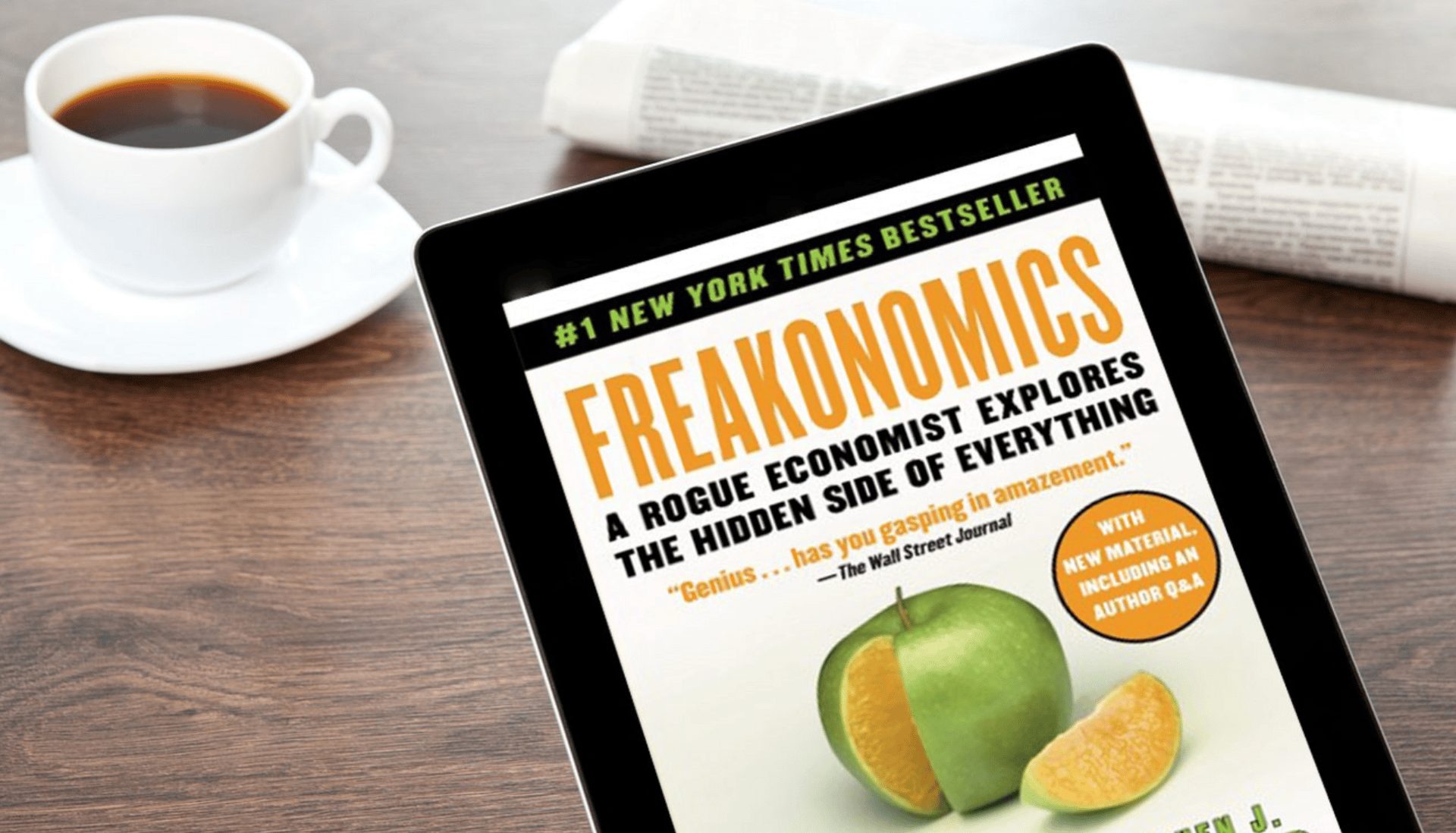
Can you believe it’s been 20 years since Freakonomics was written? This HBR IdeaCast episode features coauthor Stephen Dubner, who explores how the book unearthed the hidden side to everything and brought behavioral economics to the forefront of popular culture. But what about business impact? Leaders today understand problems differently, advertisers have a better understanding of customers, and we all have a better understanding of what shapes workplace culture. This episode also includes a great discussion on how we should all push back against unsubstantiated opinions to unearth facts over BS.
Charts of the Week

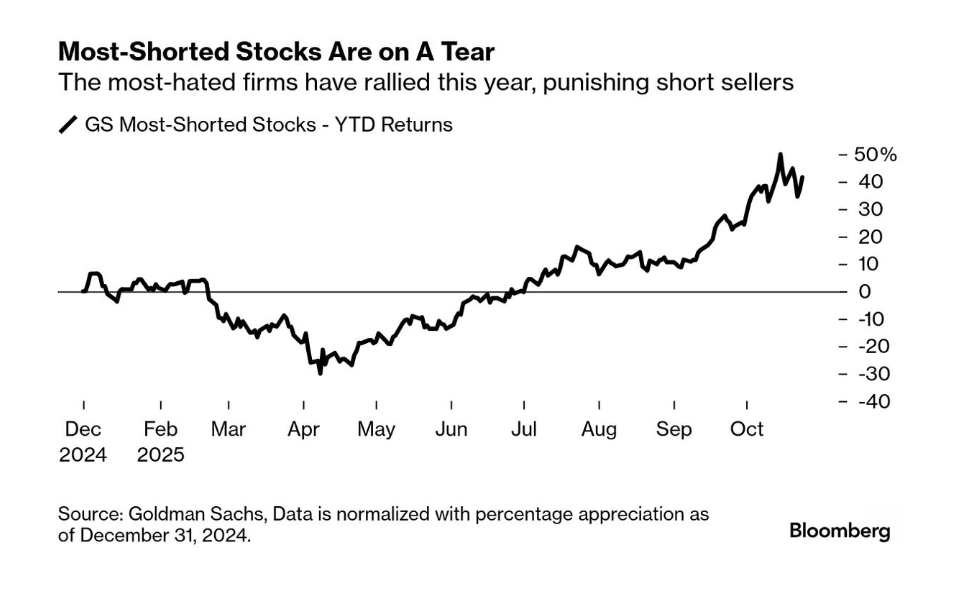
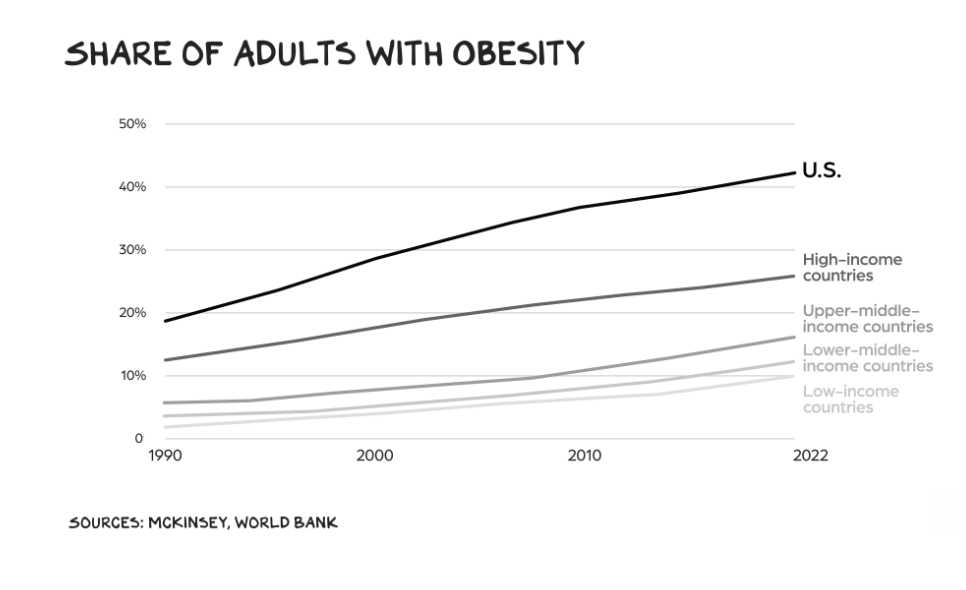
Quotes of the Week
“Perfectionism is a twenty-ton shield that we lug around thinking it will protect us when, in fact, it’s the thing that’s really preventing us from taking flight.”
- Brene Brown
Tweet of the Week
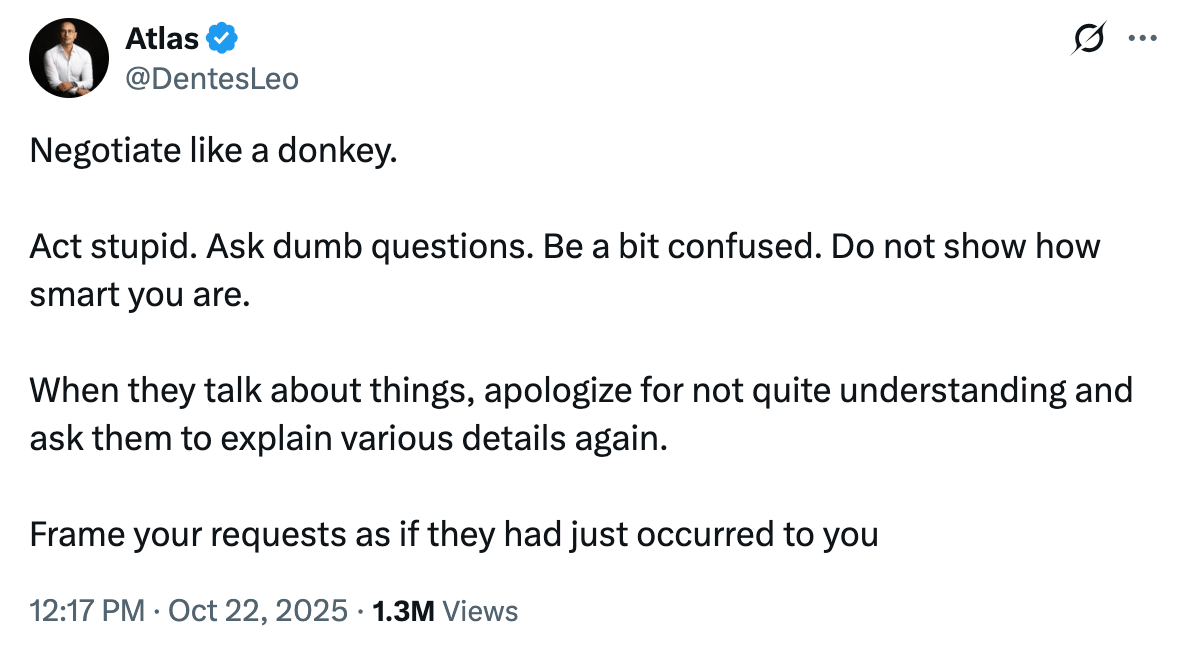
The Final Chuckle

Image: PBF Comics
|
Thanks so much for reading. I’d love to know what you think about this issue and how I can make it more useful to you. If you have suggestions or topics you want to see me address, email me at [email protected]!
-- Naseem
